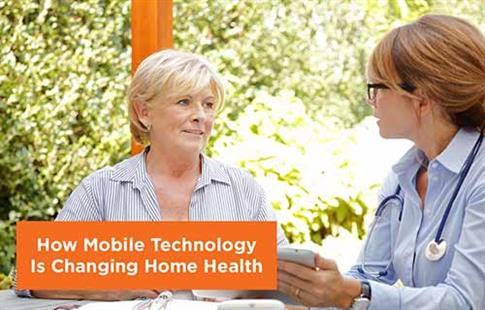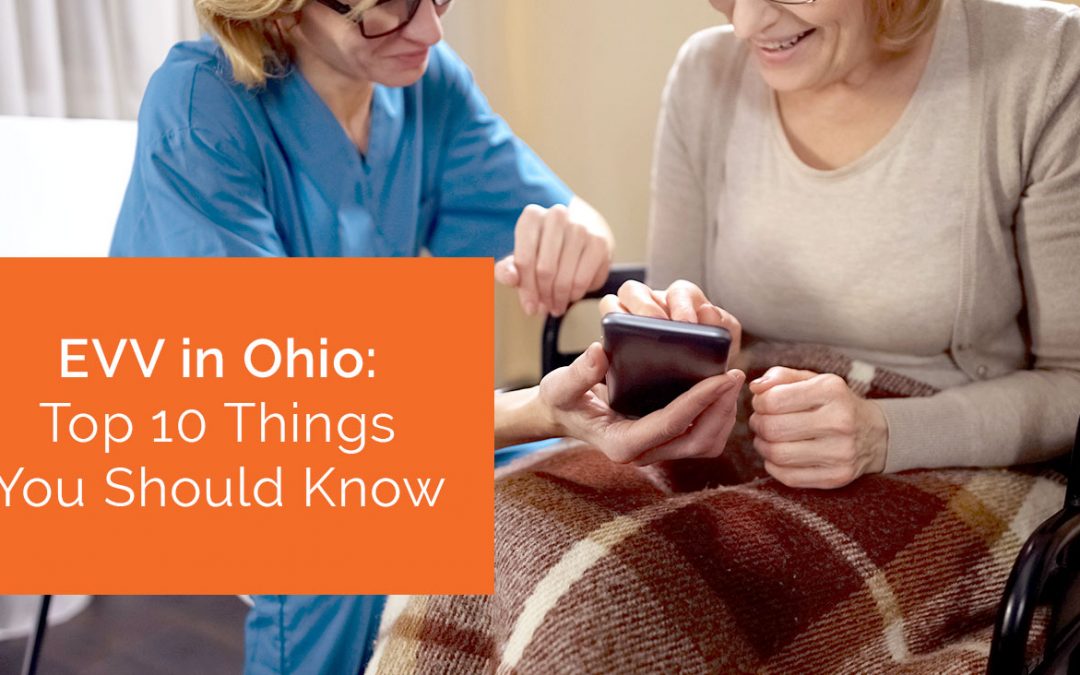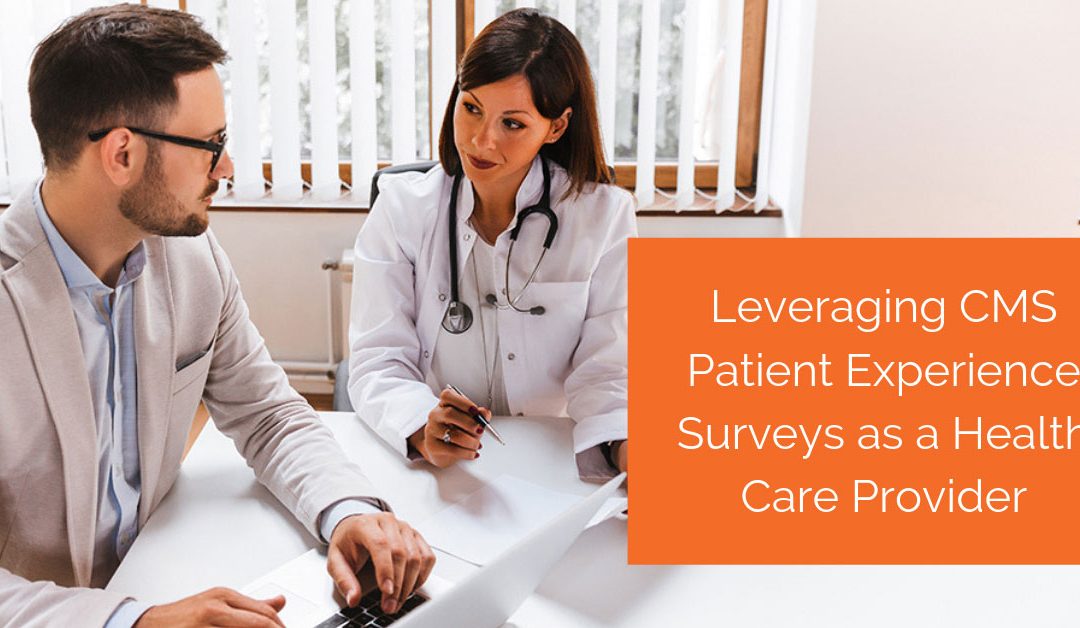These days, there is virtually no aspect of life that isn’t influenced by mobile technology in some way. The idea of a “cellphone” has expanded well beyond a device for making and receiving phone calls to become what is, for all intents and purposes, a handheld computer. With just a single device, we can stay in touch with far-flung friends and relatives, pay bills and handle banking chores, manage a daily schedule, and so much more.
Another area that’s seeing significant advances thanks to mobile technology is health care; more specifically home health care. From telehealth and remote monitoring to apps and tools to help providers make the most of their time with patients and better manage their care, mobile technology is considered by many to be one of the most transformative, if not the most transformative, tools in health care today. In fact, multiple studies are underway to determine the effectiveness of mobile technology in home health, and by some predictions, nearly 5 million home health patients will be using mobile monitoring tools by the end of the decade.
Such widespread adoption of mobile tools in home health begs the question, then, of how providers and patients are actually using it.
Current Trends in Home Health Mobile
The use of mobile technology in home health runs the gamut from providers “cutting the cord” so to speak to apps developed specifically for home-bound patients. Among the most current trends:
Applications. A wide array of apps designed for patients and caregivers can improve communication, help keep seniors engaged with the world, and even streamline physician visits. Some of the most common types of apps include:
•Reminder apps. To alert seniors to take medication or complete other tasks
• Emergency apps. These will alert specific contacts when the emergency button is pressed
• Physician-specific apps. Many medical practices are now offering patients customized apps that allow them to make appointments, request prescription refills, and access additional information.
• Social media. Social media has become a vital way for patients to remain in contact with friends and family. Several social networks specifically for older adults have popped up as well, giving home-bound patients an outlet for engagement.
Remote monitoring tools. Many home health clients need consistent monitoring to ensure their health and safety. This isn’t always possible, but remote monitoring technology is allowing many people to remain in their homes while still giving caregivers and providers peace of mind that they aren’t in any danger. Many home health patients are embracing monitors, like the fitness monitors many of us use, to track their physical activity, heart rate, blood pressure, glucose levels, and other vital signs. Not only can these tools be used by home health providers to get an overall view of the patient’s health over time, but the data can be sent to physicians for evaluation, saving patients a trip to the doctor — or spurring intervention early on.
In addition to devices that can monitor a patient’s health, some caregivers are also implementing other mobile technologies to keep their loved ones safe, including sensors that alert them to unexpected movement or changes to a routine, and surveillance cameras. These devices can be connected to a smartphone app, allowing caregivers to check on loved ones throughout the day.
mHealth.
Mobile health technology, commonly known as mHealth, is changing the way that home health agencies are providing care and remaining in compliance with ever-changing regulations and guidelines. The vast majority of HHAs are not only doing away with paper-based scheduling and documentation, but also moving to mobile tools including tablets and smartphones to more efficiently manage patient care. Thanks to cloud-based agency management software, providers can not only schedule their days more efficiently, allowing them to see more patients and have more efficient visits, but also more accurately document visits and patient progress, while right in the home.
When connected to electronic health records, your home health providers will have a better overall picture of the patient’s condition, and be better positioned to provide excellent care. Mobile health solutions also improve communication between caregivers, providers, and the HHA, allowing for more streamlined and coordinated care, and ultimately, better outcomes.
The rapid expansion of mobile technology in home health care is not without its challenges, of course. Security and maintaining patient privacy are of significant concern, and there is also the issue of adoption, in that not all patients or caregivers are comfortable using mobile tools to manage care. Those challenges aside, though, there is no doubt that mobile technology is changing the face of home health care and will continue to do so for the foreseeable future.
If you are looking to implement a mobile solution in your agency, or want to learn more about how Complia Health can help you grow, click here for more information.




